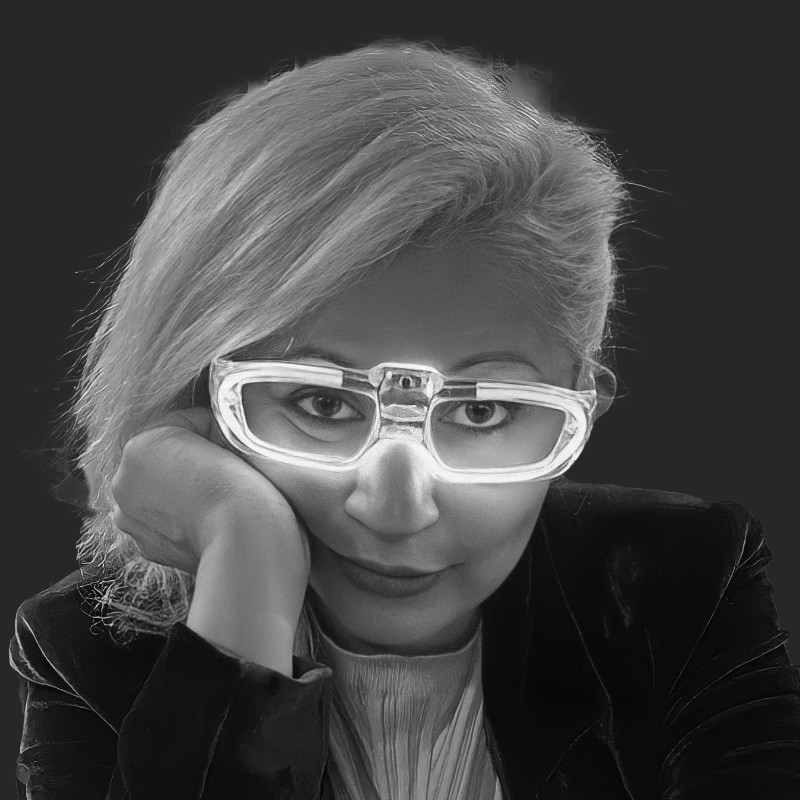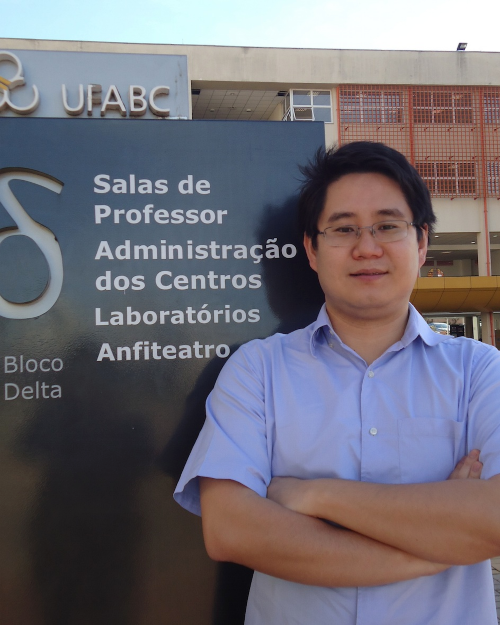In our latest Creativity in vitro meeting, Eduardo Padilha and I had the pleasure of sharing our current project phase with two professionals who navigate the interstices of art, neuroscience, and cognition: neurocientist William Barela and curator Karol Lopo. These divergent discussions are part of our ongoing efforts to expand our network and foster creative associations.
Key Highlights:
-
The Human Element in Consciousness:
William challenged us with thoughts on the anthropocene—emphasizing that intelligence might reside more in action than in thought. He posed a provocative question: what differentiates a top athlete’s performance? Could distinct “brainwave signatures” be identified and even transferred? This inquiry opens up a little-explored research avenue where neurocognition intermingles with physical performance. -
Visual Processing and Artistic Perception:
Karol introduced a fascinating contrast between how the brain processes abstract versus figurative imagery. Recalling a study on EEG signal differences between artists and nonartists—investigating visual perception, mental imagery, and rest—she highlighted the role of practice in developing visual literacy. The conversation naturally extended to discussions of Kandinsky, Rothko, and the phenomenon of synesthesia: how might a visual composition evoke sounds or colors?
-
Art in the Age of AI:
Karol noted a trend toward a resurgence of abstract art, potentially as a counter-response to the hyper-realism of AI-generated images. Just as early 20th-century avant-gardes reacted to photography and cinema, today’s abstract art might be reclaiming its space as resistance to the logic of perfect representation—a notion closely aligned with Creativity in vitro’s mission to push the boundaries between cognition, technology, and aesthetics. -
Envisioning Alternative Futures:
William shared insights from the “Festivals of Possible Futures” laboratory at Casa Firjan in Rio de Janeiro, whose current theme—Enchantment of the World—resonates with our own pursuit of re-enchanting the world through innovative intersections of art, science, and technology. -
Materiality and the Process of Creativity:
Our discussion also delved into the challenges posed by our neural interface devices. While Karol emphasized the technical noise and material challenges of our neural helmet, William reframed the challenge as one of imagination—urging us to envision problems, their manifestations, and unseen consequences. This dialogue captured an essential truth: artistic decision-making is not merely a technical process but a dynamic interplay of interpretation and action. -
A Poetic Conclusion:
Closing the session, Karol shared a reflective note inspired by the song Aquarela by Toquinho. She mused that, like the unpredictable yet methodical nature of watercolor techniques, working with art and technology demands a state of constant listening, adaptation, and emergent decision-making.
This conversation was not about finding quick answers but about expanding the realm of possibilities—a living experiment in cognition, aesthetics, and distributed affect. By connecting diverse perspectives, we continue to explore and challenge how art and science converge in the _Creativity in vitro _journey.
 Lina Lopes
Lina Lopes 
